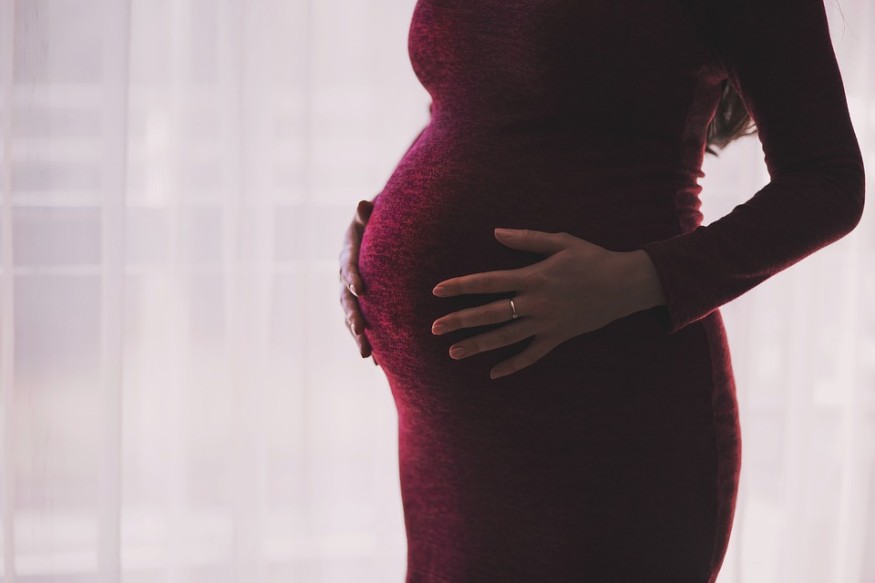
According to a study published in December in Nature Climate Change, extreme heat can affect the timing of childbirth. If high carbon emissions continue, babies born in America could lose a collective 250,000 days of gestation annually by the end of the century.
Those lost days matter because the length of time that a baby spends inside the womb can have far-reaching effects. Studies have shown that earlier delivery is linked with reduced cognitive abilities later in childhood and poorer health in infancy.
Pregnancy vs. Climate change
Exposure to extreme heat is thought to increase the chances of delivery by triggering cardiovascular stress or increasing the levels of oxytocin, which is a hormone involved in labor. Several previous studies have suggested a link between hot weather and shorter gestational lengths, which is the number of days that pregnancy lasts. But gestational length data is prone to error, and it is not available in all areas.
The new study that was published relied on birth records, which is a much more widespread and reliable form of data. Researchers assembled information on 56 million births that happened in 445 different geographical units in American between 1969 and 1988. They tracked how the birth rate in each county shifted from one day to the next and matched up the shifts to daily variations in local temperature. They used a set of equations to separate the causal effects of temperature from numerous confounding factors.
The researchers wrote that their model compares birth rates on a particularly hot day in a given county with birth rates on the same calendar day in the same county in other years when that day was not as hot while controlling for nationwide changes in birth rates over time.
On days when the temperature reached 90 degrees Fahrenheit, the birth rates increased by 0.97 births per 100,000 women compared to days when the high temperature is between 60 to 70 degrees Fahrenheit. Births increase by 5% compared to the average daily country birth rate.
The birth rates were also elevated by 0.57 births on days when the high temperature was between 80 and 90 degrees Fahrenheit.
The days after a 90-degree day, birth rates are still elevated by 0.66 births. Two days after the hot day, birth rates decrease to 0.57 births below average. Birth rates remain slightly reduced until 15 days after the hot day. The researchers wrote that these decreases show an absence of births and evidence of a shift in the delivery date.
Effects on birth rates
The results of the study show that hot weather shifts births forward from when they would have otherwise happened, often by just a couple of days but sometimes by up to two weeks. Hot days have a greater effect on the infants of black mothers than those of white mothers. It takes 30 days after exposure to extreme heat for birth rates to return to normal among black mothers. This means that their babies lose more gestational days because of heat.
Based on the average number of hot days per year, the researchers calculated that around 151,000 days of gestation were lost every year in America during the study period. At least 25,000 births every year occurred earlier than they would have in the absence of heat exposure.
The researchers used data from global climate models to calculate how future increases in heat can shorten pregnancies. Each hot day that is added is likely to affect the timing of at least 822 births.
The researchers added that at the end of the century, from 2080 to 2099, they estimate that there will be around 253,000 additional lost days of gestation every year on average in America, affecting nearly 42,000 additional births if high carbon emissions continue.
© 2025 ScienceTimes.com All rights reserved. Do not reproduce without permission. The window to the world of Science Times.












